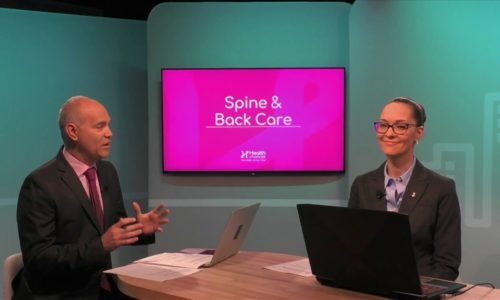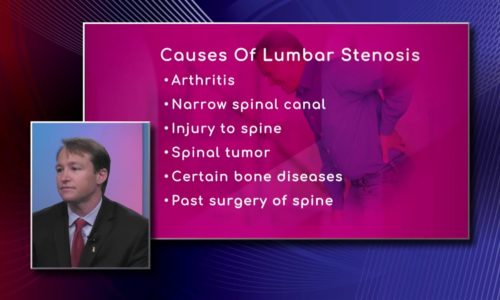The Failed Back Surgery Syndrome |
If the back surgery is not performed correctly, the patient will have continued symptoms. Avoiding it requires complete congruity between the diagnosis and the reasonable hopefully minimally invasive surgery, explains Dr. Georgiy Brusovanik, Spine Surgeon with Baptist Health South Florida.
25% of the patients suffering from failed back surgery in 10 years suffer the symptoms again.
Transcript
So doctor how often do patients come to you after a failed surgery looking for answer?, so let’s define a little bit more about that failed back surgery.> So I see patients like this a lot someone who’s already had an operation who is now seeking answers, why am I still suffering?, so I revise a lot a lot a lot of other surgery, so what’s failed back syndrome?, imagine you have spine surgery and you’re still suffering it in essence to me that’s failed back syndrome, now you can break the causes into two types, it was either the wrong patient, or the wrong surgery, now that oversimplifies it but if,- the wrong surgeon,- or the wrong surgeon, -I mean I was gonna add that one too,- but that sort of goes along with the wrong surgery, if the surgery was not performed correctly then the patient will have continued symptoms, also if the patient did not have the symptoms that were amenable to surgery they will continue to suffer, so there has to be complete congruity between the diagnosis, and the reasonable hopefully minimally invasive solution.> Can you imagine for a patient having to come see you or whatever after a failed back surgery, how emotionally draining is that?.> And especially think about it the old classic surgery with six months of rehab, and then you’re not better,- I mean you’re not better and it’s like all that for nothing but that’s where you come in to help, so what is your evaluation process to not only psychologically help this patient let’s be hones,t be a friend and tell them you know trust me or I’m gonna get you there, because at this point it’s all failed, so how do you evaluate?.> You know in compounded by the fact that this may be someone who can provide for their family, someone who can’t cook, someone who can’t go to the store to buy food, so to break it down real simply because the truth is it is not that complicated, if it’s the lower back the majority of these patients had fusion inside – meaning the old classic way where the Anatomy was not restored, they have screws and everything is immobilized, but they are not in a better place in terms of their Anatomy, there was no improvement, with the neck it’s the same issue you immobilize a segment, and that’s the classic thing to do, take the disc out and then put a play the screws, and what happens 25% of these patients over 10 years will have a problem above or below the fusion.








